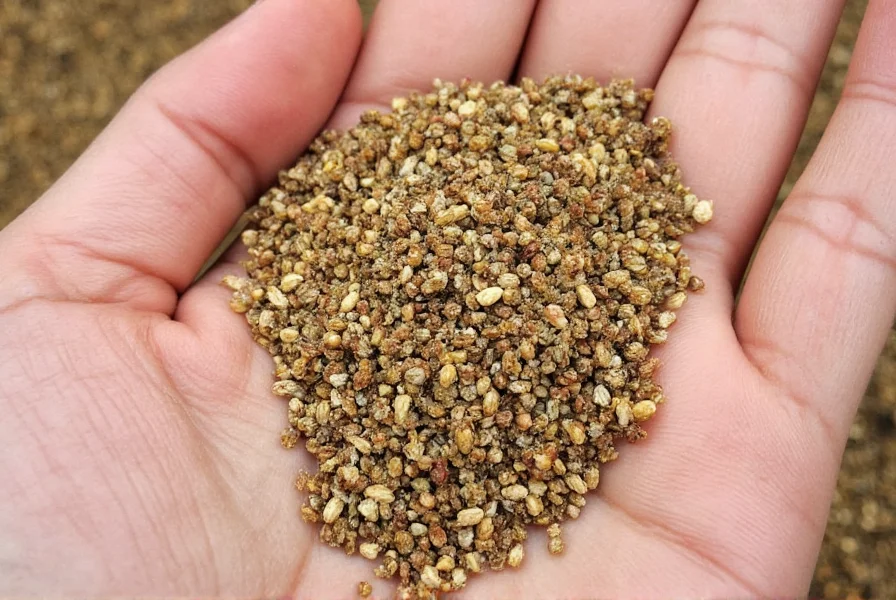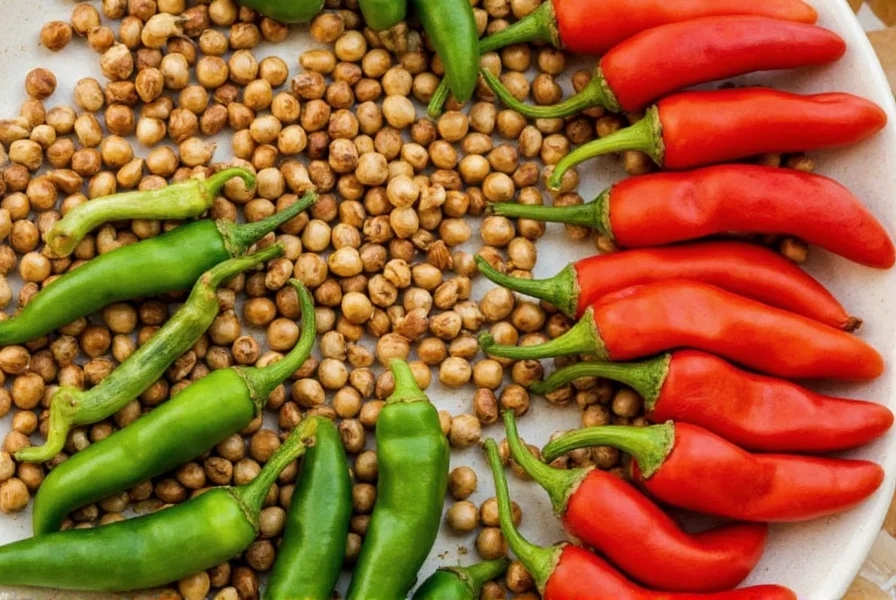Peppercorn Peppers: From Kitchen Staple to Flavor Alchemy – A Spicy Journey
Welcome to the world of peppercorn peppers — a realm where simple seasoning becomes a symphony of flavor. Whether you're a home cook looking to elevate your everyday meals or a professional chef crafting haute cuisine, peppercorns are the unsung heroes that deserve center stage on your spice rack.
In this guide, we’ll explore everything you need to know about these tiny yet mighty flavor bombs: from their history and varieties to how they can transform your cooking. So, grab your mortar and pestle (or pepper grinder), and let’s dive in!
Table of Contents
- What Are Peppercorn Peppers?
- The History Behind the Black Gold
- Types of Peppercorns Explained
- Why They Matter in Cooking
- How to Use Them Like a Pro
- Pepper Buying Guide
- Storing Your Peppercorns
- Peppercorns Around the World
- FAQs About Peppercorns
- Conclusion
What Are Peppercorn Peppers?
At first glance, peppercorns might seem like nothing more than those little black specks in your shaker. But beneath that tough exterior lies a powerhouse of flavor and aroma.
Technically speaking, peppercorns are the dried berries of the flowering vine *Piper nigrum*. Though commonly referred to as “peppers,” they are not related to chili peppers. Instead, they’re part of the Piperaceae family and have been prized for millennia across cultures for both culinary and medicinal purposes.
The History Behind the 'Black Gold'
If you think spices are expensive now, imagine ancient Rome, where peppercorns were so valuable they were used as currency. Known as “black gold,” they were traded along the Silk Road and were worth their weight in silver during certain periods.
The allure of pepper drove explorers like Vasco da Gama and Christopher Columbus into uncharted waters — all for the promise of securing a steady supply of these flavorful berries.

Types of Peppercorns Explained
Not all peppercorns are created equal. Here's a breakdown of the most common types you'll find:
| Type | Description | Flavor Profile | Best For |
|---|---|---|---|
| Black Peppercorn | Fully matured berries, sun-dried after fermenting | Pungent, earthy, slightly floral | All-purpose seasoning |
| White Peppercorn | Mature berries with outer skin removed | Subtler, mustier, less sharp | Sauces, creamy dishes |
| Green Peppercorn | Unripe berries, dried or brined | Fresh, grassy, mild heat | Desserts, cocktails, Thai dishes |
| Red Peppercorn | Ripe berries, often freeze-dried | Sweet, fruity, floral | Gourmet dishes, desserts |
Why They Matter in Cooking
You might be tempted to reach for chili flakes when you want heat, but peppercorns offer something different — a slow-building warmth that enhances rather than overwhelms. Unlike capsaicin in chilies, piperine in pepper stimulates the taste buds differently, enhancing other flavors instead of masking them.
Here’s why peppercorns matter:
- They amplify other ingredients — especially salt, meats, and cheeses.
- They aid digestion by stimulating hydrochloric acid production.
- They preserve food naturally — an old-world trick still used today.

How to Use Them Like a Pro
Grinding pepper at the table is fine, but real pros grind it just before using. Once cracked, the volatile oils begin to evaporate, diminishing its potency.
Here are some pro tips:
- Use whole peppercorns — always prefer whole over pre-ground whenever possible.
- Toast them lightly — for deeper flavor in sauces or spice blends.
- Add early in cooking — especially in stews or marinades to infuse depth.
- Pair wisely — black pepper loves butter, citrus, tomatoes, and dark chocolate.
Peppercorn Buying Guide
Buying quality peppercorns can be confusing with so many options. Here’s what to look for based on your needs:
| Product Name | Origin | Features | Best For | Recommended Brand |
|---|---|---|---|---|
| Malabar Black Pepper | India | Earthy, bold, balanced heat | Everyday use | The Spice Garden Co. |
| Sarawak White Pepper | Borneo, Malaysia | Mellow, creamy finish | Cream sauces, mashed potatoes | Spice World Imports |
| Voatsiperifery Pepper | Madagascar | Unique citrusy notes, complex aroma | Upscale dishes, gourmet cocktails | Liora Rare Spices |
| Green Tellicherry Peppercorns | India | Briny, fresh, vibrant | Curries, pickles, Thai soups | Tropical Spice Traders |
| Red Malabar Peppercorns | India | Fruity, floral, sweet heat | Desserts, fruit salads, charcuterie | Epicurean Flavors Co. |
Storing Your Peppercorns
To keep your peppercorns fresh and fragrant, store them properly:
- Airtight container — glass jars or metal tins work best.
- Keep away from light and heat — store in a cool, dry pantry or cupboard.
- Whole is better — grinding reduces shelf life significantly.
Peppercorns Around the World
From India’s Malabar Coast to the jungles of Borneo, every region brings its own unique twist to the humble peppercorn:
- India: The birthplace of pepper. Malabar and Tellicherry varieties dominate.
- Vietnam: Known for milder white pepper with a fermented edge.
- Mexico
- Brazil: Emerging player with new cultivars gaining popularity.
FAQs About Peppercorns
Q: Is black pepper bad for you?
A: Not at all! In fact, it has anti-inflammatory and antioxidant properties.
Q: Can I substitute green pepper for black?
A: Yes, but expect a fresher, less aggressive flavor profile.
Q: What makes white pepper smell funny?
A: It’s the result of the retting process where the outer layer is removed.
Q: Do peppercorns expire?
A: Whole peppercorns last years, but ground pepper loses flavor quickly.
Conclusion
Peppercorn peppers are far more than just a kitchen staple — they’re a gateway to flavor exploration, culinary creativity, and even a touch of historical intrigue.
Whether you're dusting them over scrambled eggs or crafting a signature sauce for a Michelin-starred dish, understanding the nuances of each variety empowers you to take control of your seasoning game.
So go ahead — embrace the spice revolution, one peppercorn at a time.
Explore more spice basics and elevate your kitchen craft with our guides. Stay tuned for the next chapter in your spice journey.










 浙公网安备
33010002000092号
浙公网安备
33010002000092号 浙B2-20120091-4
浙B2-20120091-4